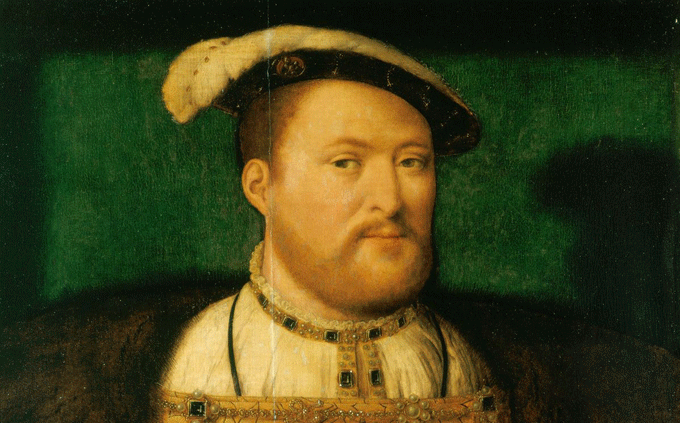On 15 January 1535 King Henry VIII was proclaimed Supreme Head of the Church of England as a result of his controversial Act of Supremacy

When it comes to monarchs, King Henry VIII remains one of our most characterful. A portly, imposing ruler whose penchant for hunting, eating and revelry was matched only by his passion for women and his obsession with having a male heir to continue his bloodline.
In 1534, Henry VIII showed his single-mindedness by declaring himself the Supreme Head of the Church of England, passing legislation in Parliament that would come to be known as the first Act of Supremacy. In the act, which was followed by a decree on 15 January 1535, Henry announced to his subjects that he was “the only supreme head on earth of the Church of England” and that the English crown shall enjoy “all honours, dignities, preeminences, jurisdictions, privileges, authorities, immunities, profits, and commodities to the said dignity.”
This event itself marked the beginning of the English Reformation and was to be followed soon after by the Dissolution of the Monasteries, between 1536 and 1541, by which Henry disbanded monasteries, priories, convents and friaries in England, Wales and Ireland. The reasons for the act – and the subsequent execution of those who opposed him – were both personal and overtly political. Foremost was Henry’s desire to abandon Rome, and to reject Catholic church’s opposition to his proposed divorce from Catherine of Aragon. His then wife had failed to produce a son and heir and Henry had also fallen under the charms of Anne Boleyn, believing Catherine’s inability to provide a male heir as a sign that the marriage was ‘blighted in the eyes of God’.
The Act of Supremacy came into being following Pope Clement VII’s refusal to grant Henry VIII an annulment. The pope was fearful of the reaction of Catherine’s nephew, Holy Roman Emperor Charles V, who sacked Rome in 1527 and the pope wanted to avoid clashing with him. Henry therefore seized his chance to wrest power away from Rome and into his own hands, taking property of the monasteries and exploiting his right to rule the Church of England, which saw him excommunicated by the Catholic church. It was a remarkable change of attitude for someone who had been declared “Defender of the Faith” as recently as 1521 by Pope Leo X for his The Defence of the Seven Sacraments, which accused Protestant reformer Martin Luther of heresy – a title that Parliament would later again confer upon the king in 1544.
To ensure the stability of The Supremacy Act, The Treasons Act was passed in 1534 which stipulated that to disavow the Act of Supremacy and to deprive the King of his “dignity, title, or name” was treason. One of the most famous people to suffer the consequences of this was Sir Thomas More, Henry’s Lord Chancellor, who paid for his refusal to outwardly support he king’s marriage to Anne Boleyn with his life in 1535. He was sentenced to death in front of a jury which consisted of many of Anne’s relatives.
Today, this same legislation is the legal authority of the Sovereign of the United Kingdom over the Church of England. While Henry’s Act of Supremacy was repealed in 1554 by his Catholic daughter, Queen Mary I, it was reinstated by Mary’s Protestant half-sister, Queen Elizabeth I, when she ascended to the throne. Elizabeth declared herself Supreme Governor of the Church of England, and introduced an Oath of Supremacy, requiring anyone taking public or church office to swear allegiance to the monarch as head of the church. This Second Act of Supremacy in 1558 established once and for all the Anglican Church’s presence in England which has endured for almost five centuries.
Related articlesDivorced, beheaded, survived… the wives of Henry VIII |
Click here to subscribe! |
Download BRITAIN Magazine to your mobile today

 No mobile device? Purchase directly on Zinio for your desktop!
No mobile device? Purchase directly on Zinio for your desktop!





 © 2024
© 2024